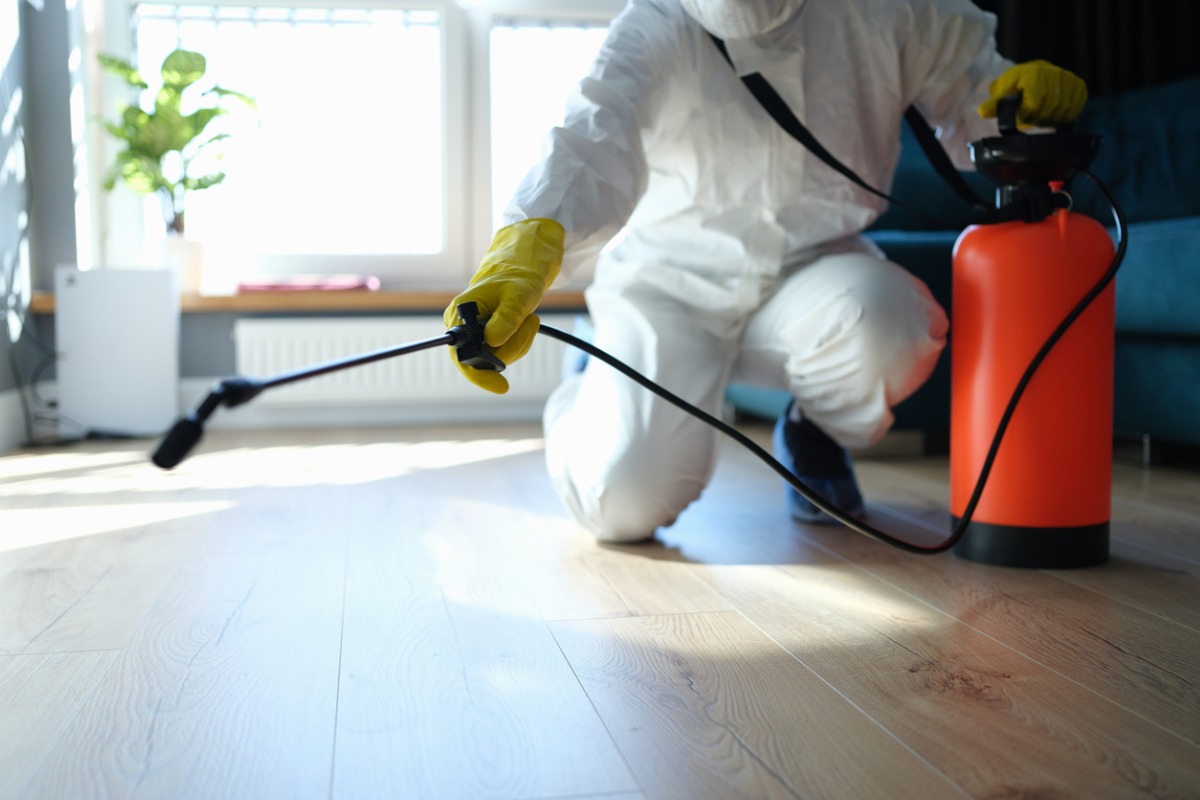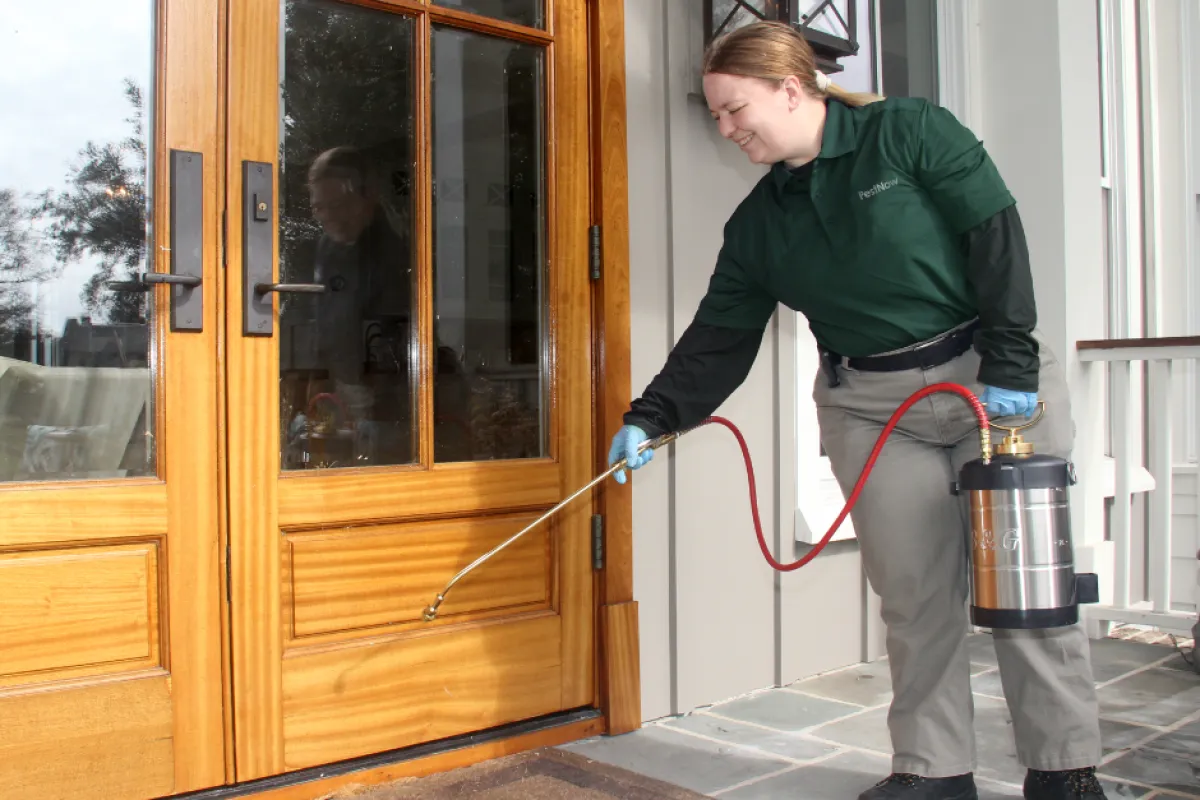Dependable Pest Control Strategies Customized by Pest Control Lockhart
Dependable Pest Control Strategies Customized by Pest Control Lockhart
Blog Article
Exploring Infestation and Therapy Methods in the World of Insect Control
The landscape of pest control encompasses a myriad of difficulties, especially as problems of common house insects proceed to develop. Comprehending the habits and reproductive patterns of these annoyances is essential for establishing effective therapy strategies. By integrating preventative procedures with innovative monitoring strategies, such as Integrated Pest Management (IPM), house owners can better guard their environments. Nevertheless, the performance of these methods may differ dramatically based on certain circumstances. What underlying factors add to the success or failure of these methods in various setups?

Common House Pests
When it comes to managing our space, comprehending usual household parasites is essential. These pests not just disrupt our convenience but can also position wellness dangers and damages residential or commercial property. One of the most common home insects include ants, cockroaches, rodents, termites, and bed pests.
Ants, frequently seen foraging in cooking areas, can contaminate food and develop large nests. Rats, including mice and rats, can trigger architectural damage and carry illness like hantavirus and salmonella.
Identifying the indicators of these bugs, such as droppings, nests, or attack marks, is vital for very early treatment (Pest Control Lockhart). Proper hygiene methods, securing access factors, and preserving a clutter-free setting work preventative steps. By recognizing these common household insects and understanding their behaviors, property owners can take proactive steps to reduce infestations, ensuring a much healthier living environment
Recognizing Parasite Infestations
Bug infestations can intensify rapidly, transforming a minor annoyance into a significant issue if not resolved quickly. Common elements contributing to problems include poor hygiene, structural susceptabilities, and seasonal adjustments that drive pests indoors.
Determining the kind of insect is vital, as different varieties display different habits and reproductive prices. For circumstances, rats might establish nests in surprise locations while bugs like cockroaches grow in damp environments. Early discovery commonly depends upon recognizing indicators such as droppings, nibble marks, or unusual sounds, which can suggest a problem prior to it becomes serious.
Ecological conditions likewise play an important role in parasite spreading. Warm, damp environments can promote the fast growth of bug populations, while adjustments in landscaping or building and construction can accidentally produce helpful atmospheres. Regular examinations and preventative actions are vital to mitigating the danger of infestations. An educated approach to understanding these characteristics lays the groundwork for effective pest administration strategies in the future.
Therapy Approaches and Strategies
Effective therapy methods and methods are crucial for minimizing pest problems and recovering a risk-free setting. A multifaceted approach is typically best, including chemical, biological, and mechanical strategies customized to the specific bug and the severity of the problem.
Chemical treatments consist of making use of insecticides and herbicides, which can properly remove parasites. Appropriate application and adherence to safety guidelines are crucial to minimize risks to people and non-target organisms. Integrated Bug Administration (IPM) encourages the cautious usage of chemicals as a last hope, counting rather on surveillance and threshold degrees to determine treatment requirements.
Organic control techniques involve presenting all-natural killers or parasites to reduce insect populations. This strategy is increasingly preferred, especially in agricultural setups, as it advertises ecological sustainability.
Mechanical methods, such as traps and obstacles, offer immediate remedy for pests without have a peek here introducing chemicals. Choices include sticky catches for pests or physical obstacles for rats.
Inevitably, the selection of therapy method need to take into consideration the details bug, the atmosphere, and potential influence on human health and environments. A balanced mix of these techniques can properly take care of problems while promoting long-term pest control services.
Precautionary Steps for Homes
Proactively resolving parasite concerns prior to they intensify is vital for maintaining a healthy and balanced home setting (Pest Control Lockhart). Carrying out efficient safety nets can dramatically lower the likelihood of infestations, inevitably protecting both your building and well-being

Proper landscape design also plays a critical function in prevention. Maintaining shrubs and trees trimmed away from the residence lowers the opportunities of bugs locating their means inside your home. Furthermore, ensure that water drainage systems are working effectively to stop standing water, which can reel in mosquitoes and other pests.
Lastly, regular inspections are recommended. Frequently looking for signs of pest task enables for early intervention. By adopting these safety nets, home owners can produce a setting that is less welcoming to insects, thereby boosting their total high quality of life and decreasing the need for comprehensive insect control interventions.
Commercial Insect Control Methods
A detailed technique to commercial parasite control is essential for organizations intending to maintain useful reference a risk-free and hygienic setting. Reliable strategies entail a mix of routine assessments, staff member training, and the application of Integrated Bug Monitoring (IPM) techniques.
Routine inspections allow very early detection of insect activity, permitting timely intervention. Organizations ought to establish a regular timetable for these assessments, focusing on risky locations Going Here such as cooking areas, storage space spaces, and garbage disposal sites. Staff member training is similarly essential; staff should be informed on the indicators of parasite infestations and the significance of reporting them right away.
Implementing IPM practices aids reduce insect issues sustainably. This consists of habitat alteration, such as sealing entrance factors and minimizing mess, along with utilizing natural deterrents before resorting to chemical therapies.

Additionally, working together with a licensed pest control company guarantees access to specialist knowledge and advanced therapy choices. This collaboration can result in personalized insect control intends customized to the details demands of business, minimizing threats and improving total efficacy. Eventually, an aggressive and informed approach promotes a pest-free environment, protecting both public health and wellness and business online reputation.
Final Thought
In conclusion, effective insect control demands an extensive understanding of usual family parasites and their habits, coupled with targeted treatment approaches. Implementing precautionary steps along with treatment techniques such as Integrated Insect Monitoring and biological control improves the ability to reduce infestations.
Report this page